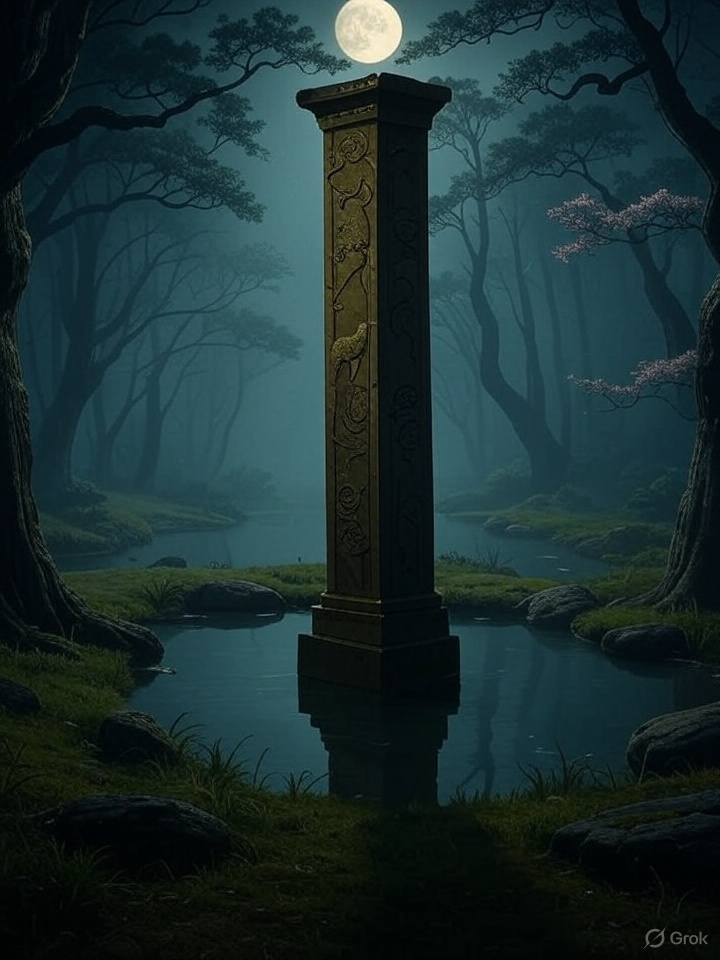Name Meaning
Overview
\n
Sakabashira (逆柱) translates to “reverse pillar,” referring to a main support post in a structure that has been unintentionally or deliberately installed upside-down.
- Saka (逆) = reverse, inverted
- Bashira (柱) = pillar, post
Origin
- Found in traditional Japanese beliefs about architecture and spiritual purity.
- Thought to disrupt the harmony of a building and invite spiritual unrest.
- Especially feared in temples, shrines, and traditional houses.
Appearance
- Looks like an ordinary pillar but is installed with the base pointing upward.
- May appear weathered, cracked, or slightly askew over time.
- Some stories describe subtle supernatural auras or flickering shadows around it.
Behavior & Myths
- Brings bad luck, illness, or inexplicable disturbances to the household.
- May cause creaking sounds, temperature drops, or even ghost sightings.
- Often associated with hauntings or cursed construction accidents.
Symbolism
- Represents imbalance and disrespect to spiritual harmony.
- Seen as an architectural taboo and spiritual warning.
- Symbolizes the importance of attention to detail in sacred structures.

